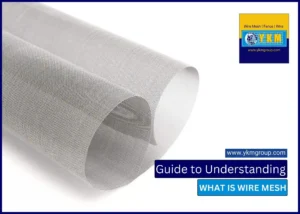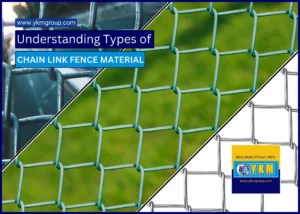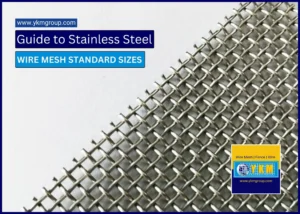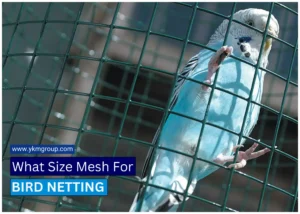In the world of screen printing, the choosing the right screen mesh for printing can make a world of difference in the quality of your prints. Whether you’re a seasoned screen printer or just starting out, understanding the types of screen printing mesh is crucial. In this article, we will delve into the intricacies of selecting the right mesh for screen printing.
Types of mesh for screen printing
When it comes to screen printing, you have a wide range of screen printing mesh options to choose from. Each type of mesh has its unique characteristics, making it suitable for specific applications. Here are some of the most commonly used screen printing meshes:
Stainless Steel Mesh:
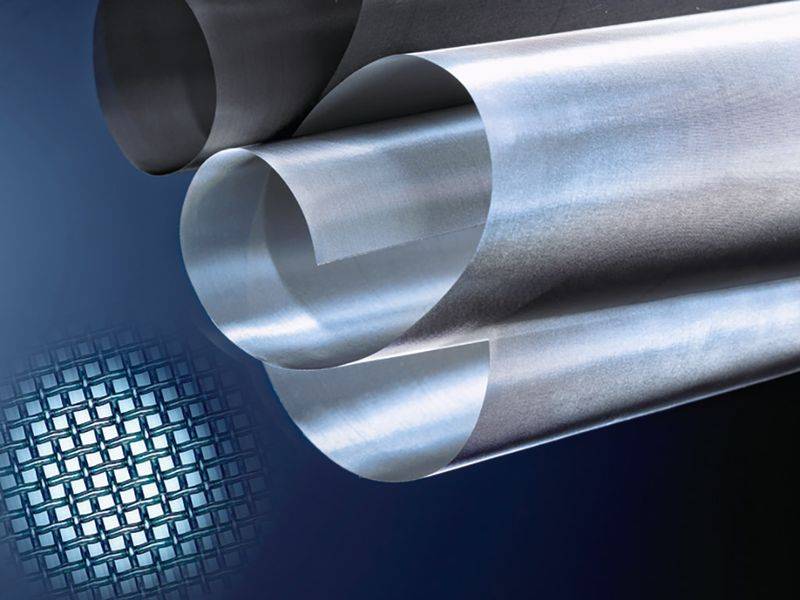
If you need a highly durable option, stainless steel wire mesh is the way to go. It’s excellent for heavy ink deposit.
Polyester Mesh:

This mesh type is ideal for general-purpose printing. It offers good tension and durability.
Nylon Mesh:

Nylon mesh is known for its flexibility and strength, making it suitable for intricate designs and fine details.
Monofilament Mesh:

Monofilament meshes are designed for high-precision printing. They offer a consistent and smooth surface for detailed designs.
Multi-filament Mesh:
Multi-filament meshes are known for their versatility and are commonly used for various applications.
Mesh for Screen Printing: Advantages and Disadvantages
Each screen meshes has its advantages and disadvantages. Polyester is cost-effective but may wear out quicker, while stainless steel is long-lasting but expensive.
Selecting the Right Count of Screen Mesh for Printing

The mesh count you choose should align with the level of detail in your design. Lower mesh counts like 110 are ideal for bold, high-coverage designs, while higher mesh counts like 305 are best for intricate and fine details.
Mesh Tension and Durability
The tension of your screen printing mesh is critical for achieving clean and precise prints.
Proper Tension for Different Applications
Different applications require different levels of mesh tension. Screen printing t shirts may need less tension compared to printing on glass or metal surfaces.
Screen Meshes Longevity
Proper tension and maintenance can extend the life of your screen printing mesh. Regularly check and adjust tension to ensure consistent print quality.
Choosing the Right Mesh for Your Design
When selecting a screen mesh, several factors come into play:
Ink Type
Water-based and plastisol inks may require different mesh types.
Design Complexity
Choose a mesh count that matches the intricacy of your design.
Substrate
Consider the material you’re printing on, such as fabric, paper, or plastic.
Maintaining your Mesh for Screen Printing
To prolong the life of your screen printing mesh and maintain the quality of your prints, follow these tips:
- Regularly clean your mesh to remove ink residue and debris.
- Use proper cleaning solutions and techniques.
- Store screens in a clean, dry, and cool environment to prevent damage.
Conclusion
Selecting the right screen mesh for your printing needs is essential for achieving high-quality results. YKM Group is the leading suppliers of wire mesh in Dubai with expert engineers capable of assisting clients wit choosing the right mesh count, material, and tension, based on the material.
Now that you have a better understanding of screen printing mesh, it’s time to enhance your printing quality and take your designs to the next level.
Frequently Asked Questions (FAQ)
A stainless steel wire mesh with higher mesh count, such as 305, is ideal for achieving fine details in screen printing.
Stainless steel mesh is durable and long-lasting, making it a worthwhile investment for high-volume and precision printing jobs.
It’s advisable to clean your screen printing mesh after each printing session to maintain print quality.
The type of ink you use may influence the choice of mesh. Water based and plastisol inks may require different mesh types.
When printing tshirts, consider factors like the fabric type, ink type, and the level of detail in your design when selecting a mesh.
